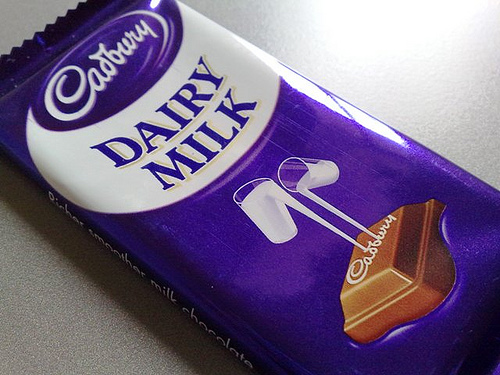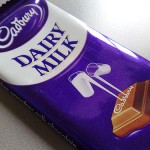
We took a lovely trip down memory lane yesterday by vising the Museum of Brands, Packaging, and Advertising, which is buried in leafy Notting Hill, West London. It is a treasure trove of known and loved packets, tins, and boxes of everything from chocolates and cigarettes to washing powder and patriotic fodder from the various Royal jubilees. The collection is batched by decade and begins (as everything does) with the Victorian era and continues through to the modern day.
Cigarettes
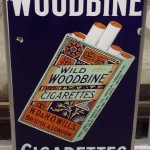
The collection includes a lot of cigarette boxes and it surprised me the huge number of varieties that used to exist. Are Woodbines, for example, still made? The other interesting thing was how small they used to be–they looked to be no bigger than the sweet children’s cigarettes that I used to like growing up. I presume that the mighty nicotine content must have compensated for smaller size in these old time cigarettes; at least you would hope so, because there couldn’t have been more than a few puffs in most of them.
Chocolates
I love chocolate and it was a pleasure in itself to look at the wonderful heritage of Cadbury (now cherished by Mondelez International). Chocolates, it seems, were often packaged in tin boxes and it was funny to think how tantalising these attractively coloured tin boxes must have appeared to generations of children gazing up at them placed out of reach on kitchen cupboard shelves. Sadly the concept of boxed motoring chocolates is one that does not seem to have stood the test of time.
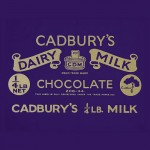
This is a very personal opinion but, looking at old bars of the iconic Cadbury Dairy Milk, I do not think that recent labelling and packaging changes have improved the appearance. The luxurious rich purple wrapper of old, with its silver foil poking out of both ends tantalisingly and the serious looking typeface made the humble chocolate bar look like something straight out of Roald Dahl’s imagination. Even unwrapping the bar would have been a pleasure.
Quakers
It is extraordinary the number of chocolate and sweet producers that were Quaker firms in origin–for example, Fry’s, Rowntree’s, Terrys, and Cadbury (Bournville factor 1878) , just to name a few of the chocolate producers. I suspect that this might have been connected to the temperance movement, with cocoa being a less objectionable beverage than whiskey. But it is ironic to note that, at a time when the campaign for responsible capitalism is so strong, the Quakers were putting this dream into practice a hundred years ago.
Nevertheless, for a small group of people, Quakers must be very proud of their success in the delightful field of chocolate.
Ancient brands
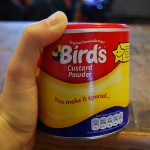
There are some brands around today that I will look at with new eyes: Oxo stock cubes, Brasso, Atora, Weetabix, and Bird’s custard powder, for example, all seem to have been around forever. Bird’s custard powder, in particular, seems to have been a staple in virtually every British kitchen of the last hundred and fifty years! I suspect that the very concept of egg-free custard would have a French chef Zut Aloring in horror, but it does go nicely with a jam roly-poly.
Keen as mustard
Imagine my excitement when, having stumbled upon pot of mustard manufactured by Keen and Sons, I thought I had discovered the origin of the phrase keen as mustard. Alas, that vast repository of trivia, the Internet, disillusioned me: the phrase first appeared in William Walker’s Phraseologia Anglo-Latina in 1672. Perhaps Mr. Keen was a Latin scholar and, inspired by the coincidence, decided that he was fated to make mustard?
Anyway, it was an enjoyable and informative couple of hours and I highly recommend it if you fancy indulging in a bit of harmless nostalgia. Sadly, however, there is no discount for Unilever, Diageo, or Reckitt shareholders, despite a fair proportion of these brands now residing in their portfolios! Something to take up at the AGMs…
